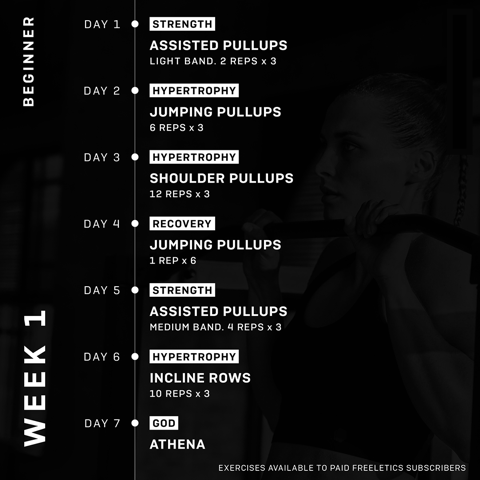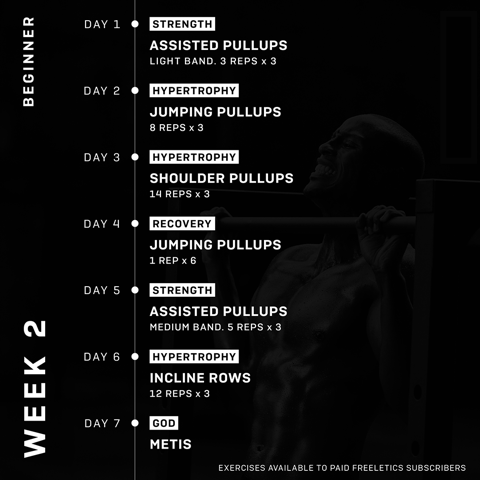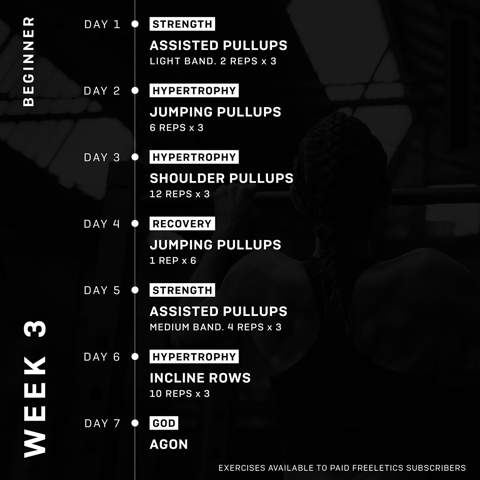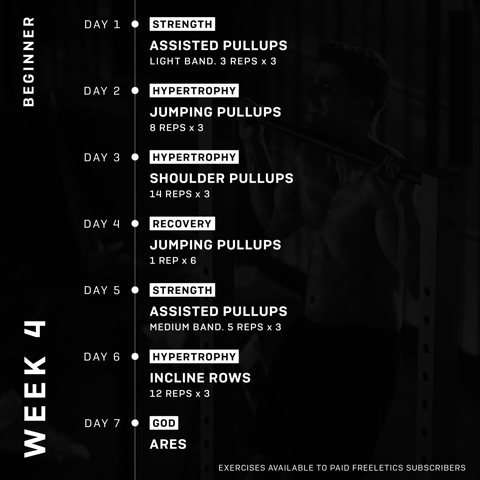19 September is World Pull Up Day. Pull-ups are great for improving upper body strength but a tough move to build up to. So how can you develop the upper body strength to do them? We asked David Wiener, Training Specialist at AI-based fitness and lifestyle coaching app Freeletics
Exercises like pulls up can be really challenging as they work a large proportion of upper body muscles. The main force behind the pull up originates in the back. In this exercise, the wide back muscle, the latissimus dorsi (lats) and the trapezius muscle, which carries and moves your shoulders, feel the greatest impact. The trapezius muscle is located in the middle of the upper back and has – as the name suggests – a trapezoidal shape. So, the lat and the trapezius muscles bear the main load of the pull-up. The lat and trapezius muscles are supported by the arms, particularly biceps, as well as the shoulder muscles and the large and small chest (or pectoral) muscles.
To do a pull-up, start with a simple passive hang. This will get your shoulders and grip used to being on the bar, an important starting point for pull-ups. Once you’re comfortable here, move on to jumping pull-ups; these focus on the negative, or lowering, movement, which works all the major muscle groups and can be adapted as you progress. As you move forward with this exercise, make the lowering movement slower and slower, so your muscles work even harder.
Instead of going from 0 to 100 and attempting a pull up right away, try building up the strength in your arms, back and shoulders over time. Freeletics have developed a beginners training plan to do pull-ups in just 4 weeks. Here’s how to build up to doing them:











